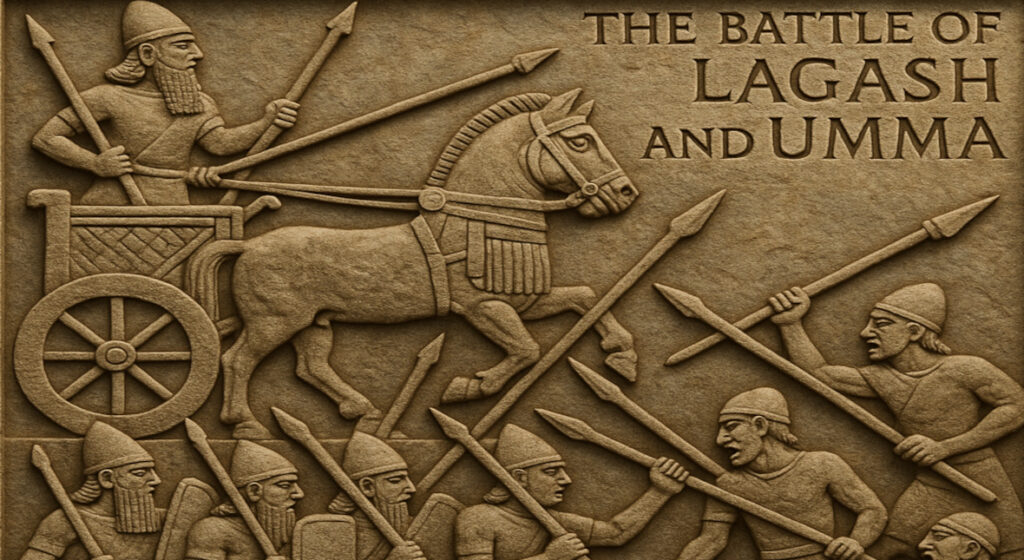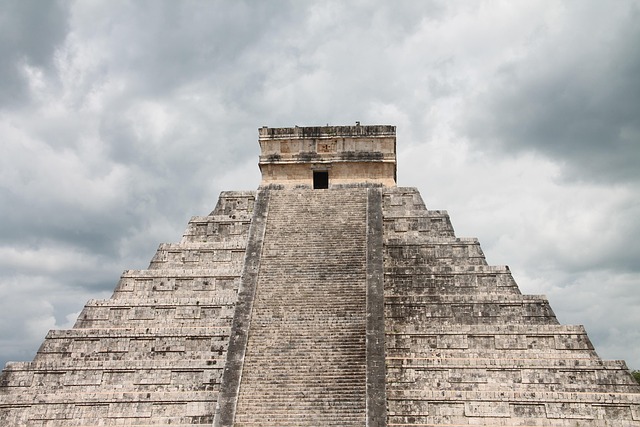The first recorded war in human history is widely considered to be the conflict between the ancient Sumerian city-states of Lagash and Umma, which took place around 2450 BCE in Mesopotamia, the cradle of civilization. This early war is not only notable because it is the earliest documented conflict but also because it provides invaluable insight into the social, political, and economic dynamics of early urban societies. Located in what is now southern Iraq, these city-states were among the first to develop complex administrative systems, writing (cuneiform), and organized warfare.
The underlying cause of the war was a fierce territorial dispute over fertile agricultural land in a region known as the Gu’edena or “edge of the plain.” In ancient Mesopotamia, access to arable land and irrigation water was vital for survival and prosperity. The land in question contained crucial irrigation canals, which both Lagash and Umma depended upon to grow their crops in an otherwise arid environment. This scarcity of resources naturally led to conflicts as city-states sought to expand or defend their agricultural territories to ensure food security and economic strength.
The conflict escalated under the leadership of King Eannatum of Lagash, who mobilized an army to confront Umma. Eannatum is recognized as one of the earliest known warlords or kings to lead an organized military campaign. The armies likely consisted of infantry armed with spears, shields, and bows, reflecting the early development of warfare technology and strategy. Unlike later large-scale battles, these early conflicts probably involved smaller, more localized forces but still demonstrated the capability of these societies to coordinate complex military actions.
Our understanding of this war primarily comes from the Stele of the Vultures, a remarkable limestone monument erected by King Eannatum to commemorate his victory over Umma. This stele is one of the oldest surviving examples of war propaganda and historical record-keeping. It vividly depicts scenes of battle, including soldiers marching in formation, fallen enemies being devoured by vultures, and the divine favor granted by the gods to Lagash’s forces. The imagery combines mythological elements with actual military achievements, illustrating how rulers used religion and art to legitimize their power and justify war.
The Stele of the Vultures also provides evidence of early diplomacy and legal measures following the conflict. After the war, a formal boundary treaty was established between Lagash and Umma to settle the disputed land claims



